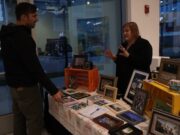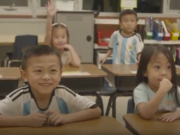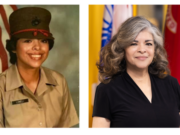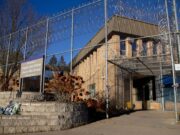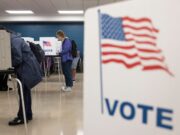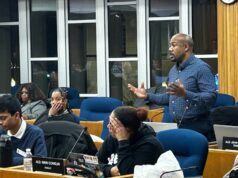(CNN) — California is calling upon Native American tribes to bring back the once-prohibited practice of lighting controlled burns to help prevent devastating wildfires that have wreaked havoc on the state.
Gov. Gavin Newsom’s Wildfire and Forest Resilience Task Force has launched a new plan — “Strategic Plan for Expanding the Use of Beneficial Fire” — that relies on the help of Native Americans to revive their cultural burning practices, the governor’s office announced in a news release on Wednesday.
State, federal, and local agencies will partner with tribes to reintroduce the Native American tradition of prescribed, cultural burns, which are purposefully set, low-intensity fires. The technique is based in part on fire prevention: ridding the land of wildfire fuel like debris, scrub, undergrowth and certain grasses. Such fuel ignites easily, allowing for more intense flames that are harder to fight.
These burning practices will help make “forests more resilient” and decrease the likelihood of future wildfires, the release said.
Indigenous communities across the world have used fires for thousands of years to clear land of extra debris. These burns — less intense than wildfires — lessen the impact on the insects and animals occupying the land. They also protect trees and the canopy.
Without controlled fires, California’s landscape has become crowded with “forest floor litter,” according to Don Hankins, a cultural fire practitioner who helped shape the language of California’s new plan. The litter includes dry vegetation that doesn’t allow space for grasses, wildflowers and other beneficial plants.
“It comes down to conservation,” Hankins told CNN. “Conservation of our environment when we think about declining biodiversity, the resilience of our ecosystem when it comes to climate change and cultural practice and knowledge. They’re all intertwined.”
By reviving the Indigenous practice of cultural fire burning, Hankins said the Earth can finally “get things back to the order it once was for thousands of years.”
Newsom’s plan intends to expand “beneficial fire” practices to 400,000 acres annually by 2025 — part of the state’s overall goal to treat 1 million acres annually by the same year.
“As climate change continues to exacerbate wildfire conditions, we’re bringing federal, state, tribal, and local partners together to more effectively address the scale of this crisis,” Newsom said in a statement. “California is putting in the work to help protect our communities from the devastating impacts of wildfires, build for the long-term, and safeguard our treasured state for generations to come.”
From prohibition to appreciation
Native American tribes in California have long seen fire as a means of stewarding the land, practitioners told CNN.
“Fire is an important part of our community,” said Redbird Willie, a land steward and cultural fire practitioner in Sonoma County. “We don’t just include people, we include plants, animals, fire, water. They are members of our community and we have to treat them with respect and honor.”
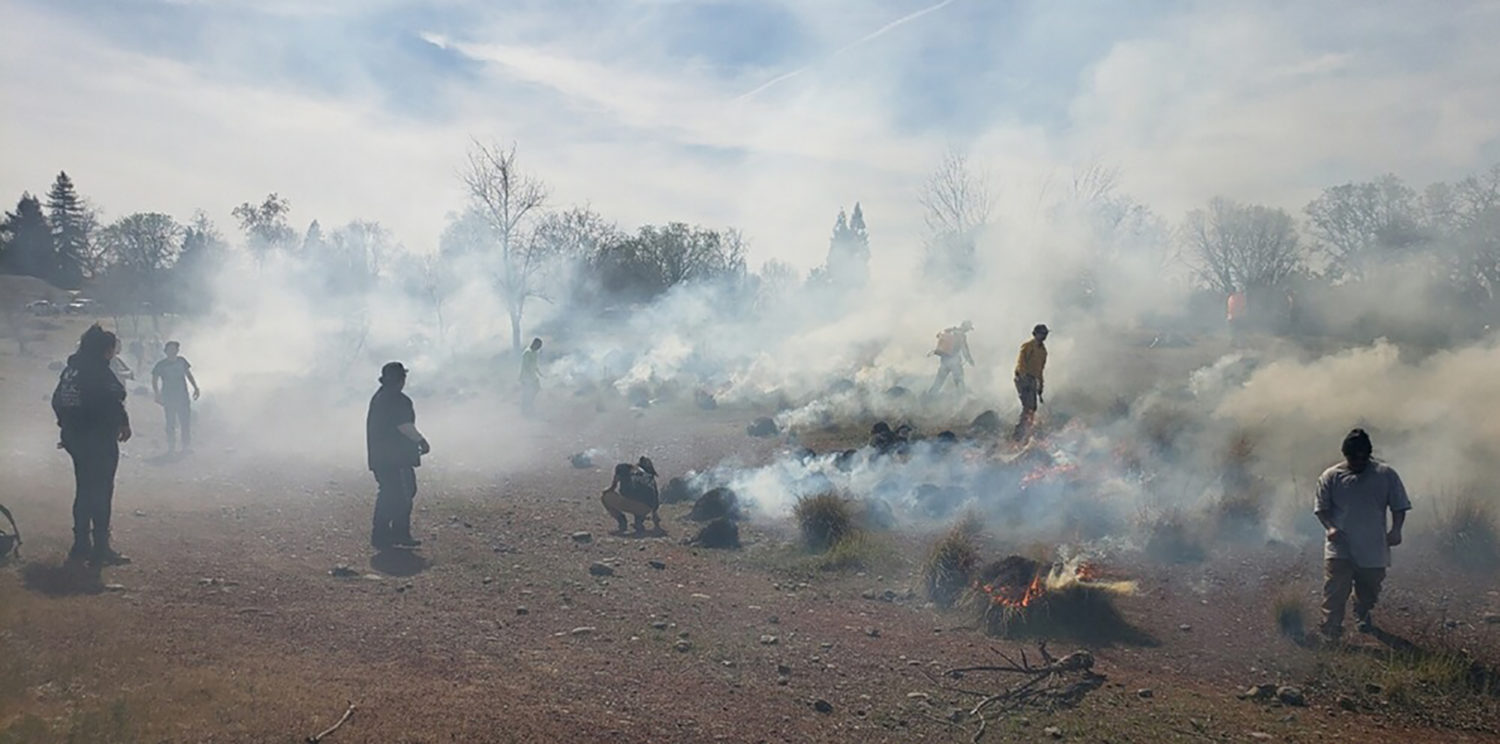
Cultural burns sometimes include ceremonies before and after, especially if it’s the first time practitioners are introducing fire to an area. The fires are treated “like they’re a living thing,” Willie said.
“We say prayers and good words to it, and we have good intentions as we light them, and we do the same when we’re putting out the fires as well,” he said.
Since the late 1700s, California and other states discouraged or outright prohibited Native Americans from participating in many of their cultural practices, including fire burning, according to Hankins.
“American and European people came into Yosemite valley talking about the beauty of the valley,” Hankins said. “When they saw the active fires Native people were burning, they complained about having to put the fires out not realizing this place was created because of those fires. The beauty we see until today is the product of the burning.”
In 1911, the US government outlawed burnings in Native communities through the Weeks Act. During that time, the US Forest Service pursued a policy of fire suppression, focusing on putting out fires rather than managing them.
Such policies further stripped Indigenous communities — who had also been displaced from their lands — of their traditions.
To have their practices now respected, encouraged and appreciated “means everything” to the community, Willie said.
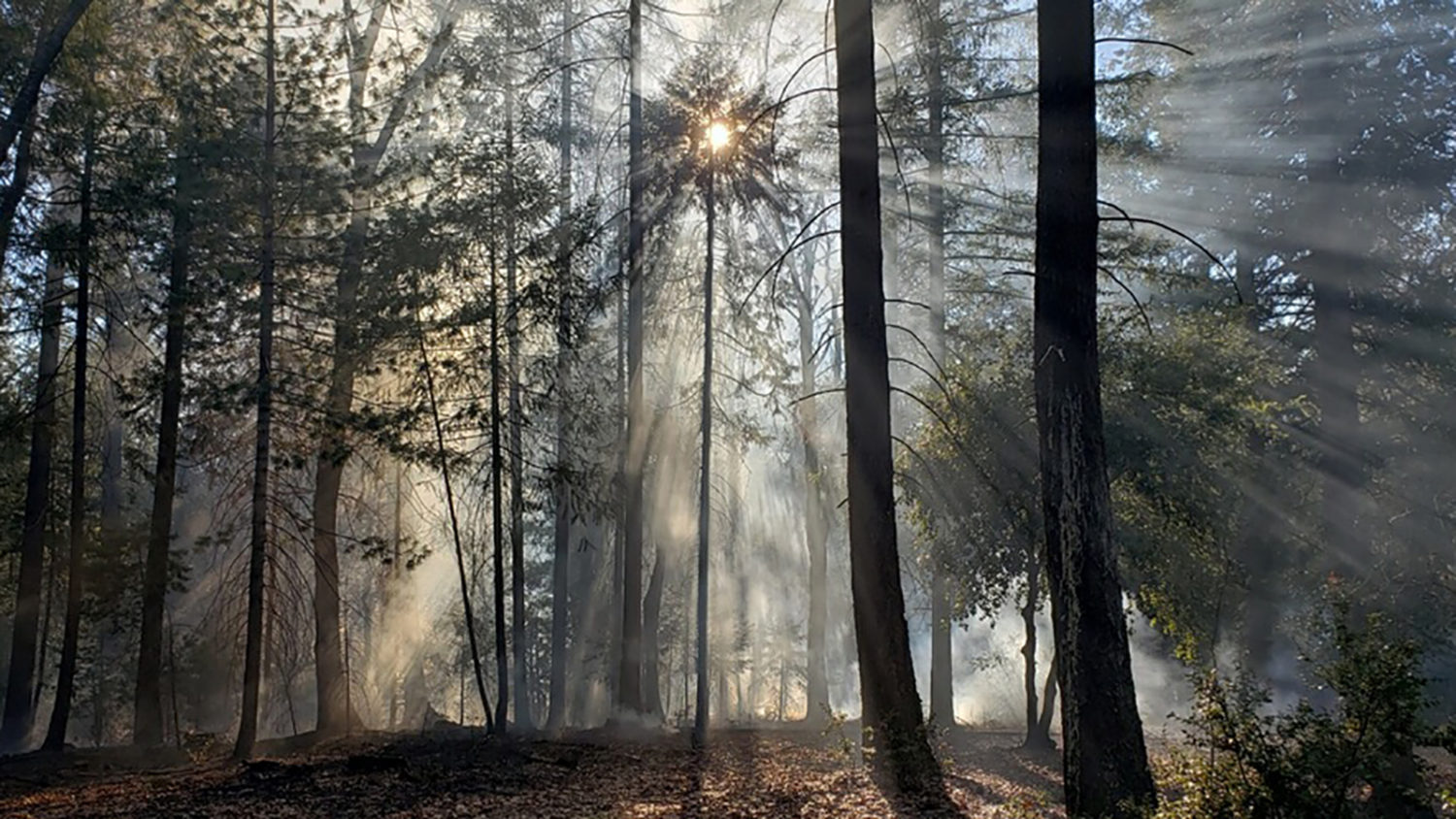
It isn’t the first time California has asked Native tribes to help with wildfire mitigation efforts. Prescribed burn trainings and workshops have been held since 2002, and Karuk and Yurok tribes resumed burning in 2013.
In recent years, a number of states have similarly asked Native American fire practitioners to use their cultural burning practices to minimize the impact of wildfires. In Arizona, the Fort Apache Agency and the White Mountain Apache Tribe have treated thousands of acres of land.
Native Americans in Oregon and New Mexico have also carried out prescribed burns, according to the Indigenous Peoples Burning Network.
Florida has been one of the leaders in the practice of prescribed burnings, with the state’s Forest Service authorizing on average the burning of over 2.1 million acres every year, according to the Florida Department of Agriculture and Consumer Services.
“We’ve been talking about these fires for a long time and trying to get people to listen to us, and for decades no one really did,” Willie said. “Now all of a sudden everybody is listening, so for us to be getting this much attention about such a critical thing, it’s something we couldn’t have dreamed of.”
Sharing knowledge and building capacity
Native American fire practitioners are an integral part of California’s new task force thanks to their wealth of knowledge on successful burns. They know when to start a fire, and under what conditions. They know what time of year, and what time of day is best. They also know what types of fires to burn for different types of land — how long to burn and how frequently.
“It’s not a wildfire where there’s white ash and red Earth,” Hankins said. “Unlike more severe fires that put carbon back out into the atmosphere as a gas, when we create a low intensity burn it creates charcoal. That charcoal is that carbon locked into the soil, not out in the atmosphere.”
“It’s a very gentle fire that will ultimately improve soil health, moisture and infiltration,” he added.
The change won’t be immediate, Hankins cautions. It will take at least a decade before the normalization of cultural burns leads to visible change — like the growth of flowers and bulb plants, along with a decrease in wildfires, he says.
Education among the Indigenous community will also take time.
“In many tribal communities, there’s big need to reconnect to the knowledge systems around fires because we haven’t been able to practice it for such a long time,” he said.
“We’ve got to build the capacity around it again. It’s not like flipping a switch and everybody’s back out lighting those fires,” Hankins said. “There’s a lot of learning that needs to take place in our communities, and figuring out how we can work together with our neighbors, agencies and the public to make it widespread again.”
As part of this knowledge building, tribes throughout the state are partnering with the California Department of Forestry and Fire Protection to host cultural burning training days for firefighters.
Firefighters will learn directly from tribal leaders about “the tradition of fire and its importance to Tribal culture,” Len Nielson, Cal Fire’s staff chief for prescribed fire and tribal liaison, told CNN in a statement.
“California Tribes advise Cal Fire on traditional ecological knowledge for increasing the use of cultural burning and we are working to incorporate that knowledge into our own practices, including when, where and how prescribed burns are conducted,” Nielson said. “Our relationship to California’s Tribal community continues to evolve and we look forward to working collaboratively with Tribes to increase and expand the use of cultural burning.”
For Hankins, encouraging cultural fires is a major part of rectifying some of the wrongs committed against California’s Native communities.
“If you want to rebuild culture and support the Indigenous community, you have to support our fires and what they do for our land,” he said.
The-CNN-Wire
™ & © 2022 Cable News Network, Inc., a WarnerMedia Company. All rights reserved.





